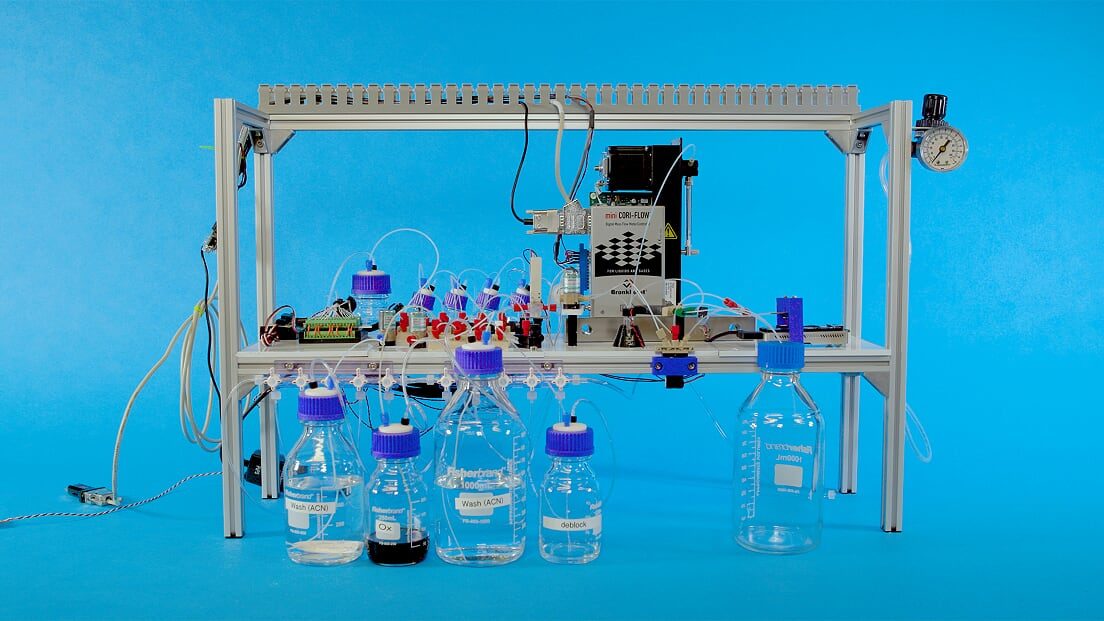OF THE
TIMES
History will have to record that the greatest tragedy of this period of social transition was not the strident clamor of the bad people, but the appalling silence of the good people.
It seems what Israel, AIPAC and ADL Zionists want, Israel, AIPAC and ADL Zionists get. Well no shit, is there any doubt whatsoever who/what...
Plato was a Jethro Tull fan. 'Living In The Past' requires spot-on timing.
"Comment: It's unlikely that China is planning to 'attack' the US in any way, because it has suffered all kinds of provocation and its...
One of Gs descriptions of man, is he is in prison and does not know he is in prison. What is the nature of that prison? G gives the story of the...
Homeschooling is better. I didn’t learn shit in school, due to the harassment from my “fellow peers” and the administration. Trade school should...
To submit an article for publication, see our Submission Guidelines
Reader comments do not necessarily reflect the views of the volunteers, editors, and directors of SOTT.net or the Quantum Future Group.
Some icons on this site were created by: Afterglow, Aha-Soft, AntialiasFactory, artdesigner.lv, Artura, DailyOverview, Everaldo, GraphicsFuel, IconFactory, Iconka, IconShock, Icons-Land, i-love-icons, KDE-look.org, Klukeart, mugenb16, Map Icons Collection, PetshopBoxStudio, VisualPharm, wbeiruti, WebIconset
Powered by PikaJS 🐁 and In·Site
Original content © 2002-2024 by Sott.net/Signs of the Times. See: FAIR USE NOTICE

Reader Comments